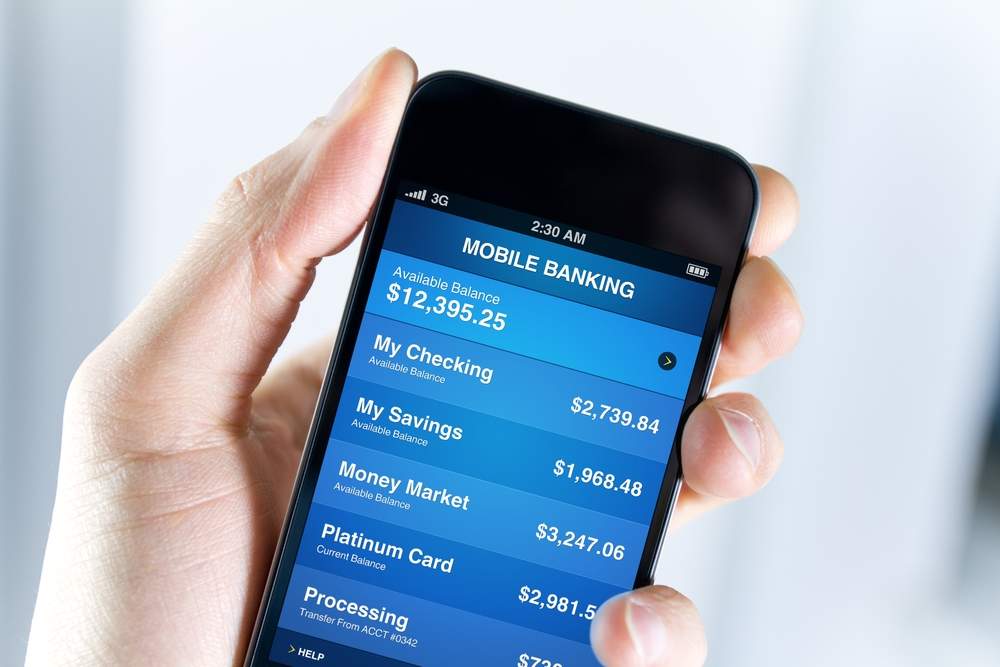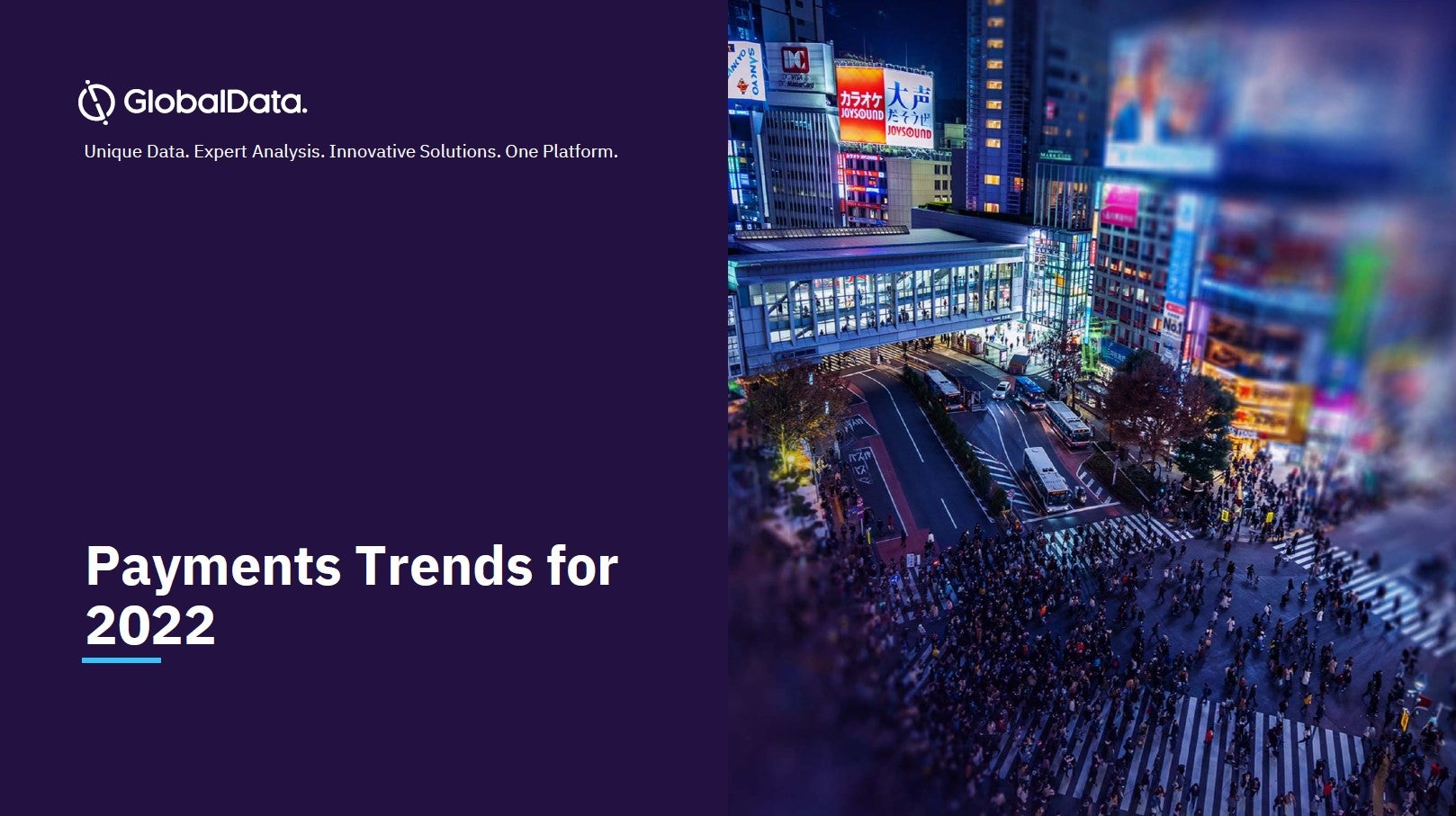
Top US banks have made major improvements to their mobile apps. Mobile banking is increasingly becoming more than just a replica of banks’ PC online banking channels, Robin Arnfield reports
Celent’s July 2013 report "The US Mobile App Landscape: An Annual Evaluation of Mobile Banking at the Top US Banks" evaluates 13 leading US banks’ mobile apps. It was co-authored by Celent analyst Stephen Greer and Dan Latimore, senior vice president with Celent’s Banking Group.
The report says that, since Celent began surveying US mobile banking apps in May 2012, there have been significant changes. "Mobile cheque RDC (remote deposit capture) was only live at five of the top 13 US banks (in May 2012), while today it is a critical component for nine banks," Celent says. "Mobile P2P payment has a number of logistical hurdles, but few CIOs today would place it outside of their top three most important mobile features. Five top US banks have added mobile P2P payments in the last 12 months."
To use mobile P2P services, senders only need to know the recipient’s email address or phone number, not their bank account details.
According to Celent’s interviews with US banking technology vendors, 31% of all US banks currently offer mobile RDC, 55% offer mobile bill payments and 14% offer mobile P2P transfers.
"At major US banks, mobile RDC is becoming standard and is no longer an emerging technology," says Greer. "It is almost expected by US customers now."
How well do you really know your competitors?
Access the most comprehensive Company Profiles on the market, powered by GlobalData. Save hours of research. Gain competitive edge.

Thank you!
Your download email will arrive shortly
Not ready to buy yet? Download a free sample
We are confident about the unique quality of our Company Profiles. However, we want you to make the most beneficial decision for your business, so we offer a free sample that you can download by submitting the below form
By GlobalData"There has been good uptake of RDC via smartphones in the US," says Bob Ruark, advisory managing director in KPMG’s Financial Services practice.
Mobile P2P
US mobile P2P payment services enabling transfers to any US bank account are not yet mainstream. "It’s still difficult to use mobile P2P services for inter-bank transfers," says Greer. This is due to a lack of interoperability between P2P networks such as clearXchange, which is owned by Bank of America (BofA), JPMorgan Chase and Wells Fargo; Fiserv’s Popmoney, which is offered by a number of US banks; and several non-bank platforms.
"The fragmented nature of the mobile P2P market makes it challenging for recipients to retrieve their money," says Greer. "Even if senders and recipients use the same bank, or their banks are in the same P2P network, users still have to signup for P2P payments.
Also, consumers have cited security concerns and a lack of understanding about what P2P payments are, how to use them, and if their bank even offers them. Over time, these problems will be alleviated. P2P networks will merge or increase interoperability, and consumer awareness will grow. Also, networks will make it easier to link a user’s payment credentials to a phone number."
Value-added
"Mobile banking is moving beyond the replication of PC online banking services and into value-added features built to serve more specific use cases," Celent says.
According to Celent, mobile banking features that US banks are considering adopting include: speech recognition; PFM (personal financial management) tools; easy access to bank balances; cardless cash withdrawals from ATMs; debit card on/off switches; remote mobile bill capture; and biometric security. However, Celent says these features are not yet important enough to be considered actionable or obligatory.
Since Apple introduced voice recognition on the iPhone in October 2011, there has been a lot of interest among US banks in leveraging the technology for mobile banking, Celent says. US financial services company USAA has launched speech recognition within its mobile banking app, while U.S. Bank is carrying out several pilots, it says. However, given that so far, only one major mobile banking technology vendor, Fiserv, supports speech recognition, Celent doesn’t expect speech recognition to become mainstream in mobile banking soon.
Most top US banks’ PC online banking portals now offer PFM, enabling customers to know how much they are spending in various categories. So far, only a few US banks, most notably PNC, have added PFM to their mobile banking services. "PFM on mobile still has no traction," Celent warns.
Celent says PFM-based analytics of customers’ personal spending and saving profiles would be very useful to mobile banking users. For example, customers shopping in grocery stores could check their PFM app to see if they are still within their budget.
As the main reason for using mobile banking is convenience, and as checking account balances is the most-often used mobile banking feature, Celent says apps should provide easy access to real-time balances. Bank of the West, using Fiserv’s mobile technology, has introduced Quick Balance, which enables users with a simple swipe of the login screen to see real-time updates of their balances. Other US banks have also begun implementing this function on their apps, Celent says.
Cardless cash withdrawals allow cardholders to "pre-stage" ATM withdrawals before approaching an ATM, and eliminate the risk of card skimming. "The problem with cardless cash withdrawal is that many US banks don’t see a usage cash for it, since it’s so easy to withdraw cash with a card," says Greer. "Also, they’re deterred by the security problems experienced by NatWest after it launched a UK cardless cash withdrawal mobile app in 2012."
In March 2013, WinTrust, a Midwest-based community banking group, launched a pilot of FIS’s Cardless Cash Access technology with ATM vendor Diebold and mobile wallet provider Paydiant. Using their smartphone mobile wallet, participants are able to scan the QR codedisplayed on the WinTrust ATM screen and select the account and amount of the withdrawal on their smartphone. After the ATM has dispensed their cash, an e-receipt is emailed to them. Unlike mobile cash withdrawal systems that use one-time authorisation codes, FIS’s technology uses the security built into the mobile wallet app authentication process.
Although the ability to turn off lost or stolen debit cards via mobile banking would save on calls to banks’ call centres, Celent says banks would need to do some back-end IT system work in order to offer this feature. "Banks such as USAA and Bank of Texas offer debit card on/off switches via mobile banking, but many others have too many basic functional gaps to justify shifting their focus to ancillary features such as this," it says.
Remote mobile bill capture enables customers to pay bills by scanning them into their smartphone. "Remote bill capture has had its fair share of supporters and detractors," Celent says. "Many technology vendors have called it a non-starter, funnelling investment into more demand-heavy features. Yet U.S. Bank’s March 2013 launch of a remote bill capture service using technology from Mitek brings life back into the debate, and may spur a wave of adoption by other US banks. Malauzai Software has also launched remote bill capture services with a few small US banks such as Texas-based First Financial Bankshares."
Features
The Celent report evaluates the breadth of functionality of mobile banking apps from BofA, BB&T, Capital One Bank, Chase, Citibank, Fifth Third, HSBC US, PNC, Regions Bank, SunTrust, TD Bank US, U.S. Bank, and Wells Fargo. It covers features such as balance information, transaction history, bill pay, fund transfers, location information for branches and ATMs, security, customer support, end user personalisation such as resetting passwords and account nicknames, and alerts services.
All 13 banks offer mobile bill payments and same customer account-to-account transfers. Only BofA, Chase, Citi, U.S. Bank and Wells Fargo offer mobile P2P transfers.
Since Celent’s May 2012 US mobile banking app survey, BofA and U.S. Bank have made the most improvement in their mobile apps. Three banks, Capital One, HSBC US and Wells Fargo, also made noticeable improvements to their apps in the last year, Celent says. The banks with minimal or no changes to their mobile apps are BB&T, Chase, Citibank, Fifth Third, PNC, Regions Bank, SunTrust, and TD Bank.
Celent says that U.S. Bank and JPMorgan Chase are the joint winners in terms of breadth of mobile app functionality in its May 2013 mobile app survey.
Chase also came first in terms of mobile app breadth in Celent’s May 2012 survey. "Chase was an early adopter of a number of next-generation features such as mobile RDC and mobile P2P," Celent says. Only Chase offers mobile wire transfers and the ability to reload a general-purpose reloadable (GPR) prepaid card via mobile banking, it notes.
"No other bank’s mobile banking app comes close to the breadth offered by U.S. Bank," Celent says. "Users can set up payments to other people and to companies either manually or from their contact directory, add bill payees by scanning their bills into their smartphone, edit recurring payments and individual payments, and view payment histories. Functionally-complex transactions such as mobile RDC and remote bill capture are accompanied with contextual help for the user. Leveraging cross-selling, the account summary screen tells users that, if they are short on funds, they can explore information on credit products or chequeing account advances."
Celent’s May 2012 mobile app survey found that BofA was average. Since then, BofA has made tremendous progress, and has become one of the premier providers of mobile banking apps, Celent says. The most notable change came in August 2012, when BofA added features such as mobile RDC; mobile P2P transfers to Wells Fargo based on clearXchange; alert management via mobile devices; and BankAmeriDeals, a service enabling BofA mobile banking customers to receive cashback rewards from specific merchants based on their credit or debit card spending patterns.
Mobile merchant-funded reward programs similar to BankAmeriDeals are also offered by U.S. Bank, Regions Bank and Capital One Bank, Celent says.
In the last year, Wells Fargo has added mobile P2P payments between BofA and Wells Fargo customers and, through its Pay Anyone P2P service, mobile payments to any US-based bank account. It has also added mobile RDC, same-day bill payments and actionable alerts such as low-balance alerts offering customers the ability to respond.
Core
Celent says that, only a short time ago, mobile banking was viewed as an experiment. "Many banks viewed smartphones as an interesting novelty, as a way to facilitate branch visits or a quick balance check," the report says. "Yet mobile, and more broadly digital channels, have become core parts of banking in 2013. Mobile devices are now just as much a tool to keep people out of branches as they are to facilitate interaction. Consumers are more eager to engage through a smartphone."
It is not coincidental that BofA, which has been a leader in closing bank branches in the US, has been highly outspoken about its push to get customers onto digital channels, and also one of the most aggressive mobile app developers over the last 12 months, Celent says.
"The mobile banking channel will increasingly become central to US customers’ interaction with their banks," Greer says. "Smartphones and tablets will be the central touchpoint between consumers and bank call centres, branches and digital channels. For example, Canada’s Bank of Montreal lets customers schedule appointments with branch advisors through its mobile banking app."
However, banks are still poor at cross-selling via mobile apps, Celent says. "Apps still haven’t leveraged the power of cross-selling from a mobile device," it says. "BofA, Capital One, TD Bank, US Bank, HSBC US, and Wells Fargo have all attempted some form of product pushing or advertising of functionality, with varying degrees of success. BofA, however, offers product enrolment through the mobile device."
Celent warns that intrusive advertising such as banner ads and splash screens should be used on online banking channels, not on mobile channels. "The direction apps should move in is not only toward being able to offer up product suggestions without sacrificing user experience, but also toward being able to facilitate the beginning of an enrolment process, which can then be finished at a branch, over the phone, or online," it recommends.







